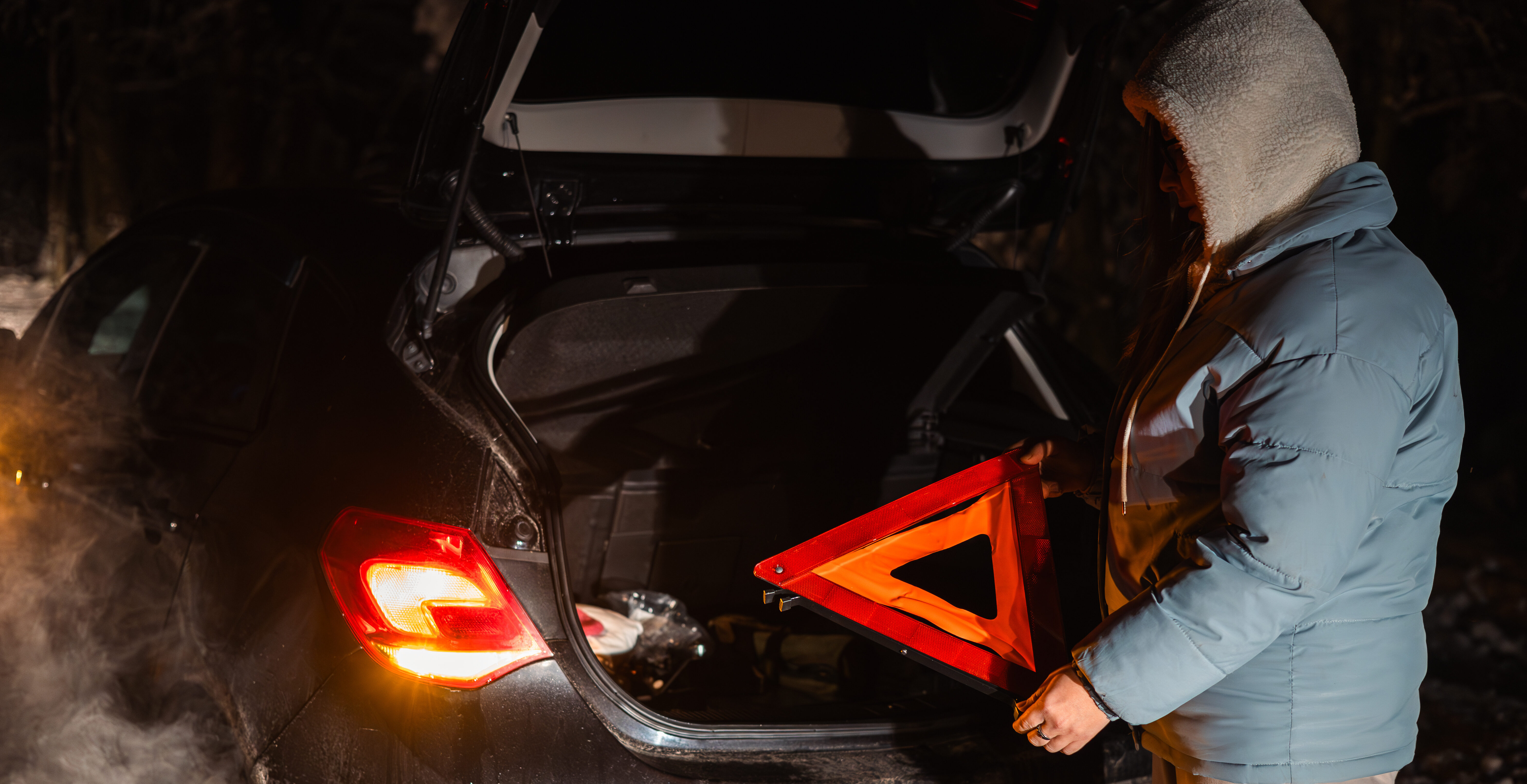Battery Chargers 101: An Intro Guide to Battery Chargers
How often do you charge your phone? What about your headphones or your computer? We use numerous devices throughout the day that require charged batteries to function. Vehicles—from cars and trucks to boats and RVs—are no exception. In many cases, all it takes to keep a vehicle battery charged and functioning is to operate it. […]

How often do you charge your phone? What about your headphones or your computer? We use numerous devices throughout the day that require charged batteries to function. Vehicles—from cars and trucks to boats and RVs—are no exception.
In many cases, all it takes to keep a vehicle battery charged and functioning is to operate it. Leaving a car or boat to sit idle for months at a time is a recipe for a dead battery. Take the time to regularly keep it juiced up with a Schumacher Electric battery charger.
But, how do you know what kind of battery charger to buy? The answer depends on the type of battery, vehicle, and use case. Some chargers are used for a specific period of time and removed quickly. Others are more forgiving when it comes to battery overcharging. Have questions? You can always refer to your battery’s user manual for more information or contact us if your answer can’t be found in your manual.
Let’s look at some of the common terms related to batteries and battery chargers. Then we’ll talk about options you have for charging your batteries.
Common Terms Related to Batteries and Battery Chargers
Before we talk about the chargers themselves, familiarize yourself with the following terms. Different types of chargers are appropriate for different batteries. Charging speeds can vary based on amperage, voltage, and length of time spent charging:
- Voltage describes the pressure from a power source that pushes electrons through the conducting loop. It’s measured in volts. Many batteries are classified first by their voltage. Common voltages for batteries are 6 volts (for lawn tractors and motorcycles, or 12 volt and 24 volt for larger vehicles.
- Amperage is the overall strength of an electric current, measured in amperes, or amps.
Battery chargers often have different amperage depending on their purpose. Common charging rates include 2-amp, 10-amp, 12-amp, or 15-amp charge rates. Higher amp ratings will lead to faster charging, but exceeding the recommended rate for your battery could lead to dangerous situations. Always check your battery’s specifications to find the optimal safe charging rate.
Types of Battery Chargers
Schumacher Electric sells many different types of battery chargers. The two most common types we offer are manual battery chargers and automatic battery chargers. These two charger types have key differences in their operation. Follow the instructions to preserve your battery’s life and stay safe.
Manual Battery Chargers
Manual battery chargers charge the battery they’re attached to regardless of the battery’s charge level. They do not cycle or shut down by themselves. Instead, they’ll push current at the selected setting until you disconnect them from the charger.
If you’re using a manual battery charger, keep an eye on the ammeter as you charge. This will ensure you know when full charge is achieved.
You can also use a hydrometer or voltmeter to determine the level of charge. Stop the charging process as soon as the battery is fully charged. Failure to do so could result in battery damage, property damage, and even injury.
Automatic Battery Chargers
Schumacher automatic battery chargers will stop charging and switch to a Maintain Mode (Float-Mode) once the battery is fully charged. Automatic chargers don’t impact battery life or safety as much as manual ones. But they shouldn’t stay connected for indefinite periods of time or as maintenance chargers.
What is maintain mode (float mode) charging?
Maintain mode, also called float mode, charging is a technology used in many Schumacher automatic chargers and maintainers. It keeps batteries charged by delivering small amounts of current to the battery when necessary. If battery voltage drops below a preset level, the charger will begin to charge it once more. It continues to switch between the two modes as necessary. Most Schumacher automatic chargers use microprocessors to help manage the charging process.
How Microprocessor Controlled Charging Works
These differ from chargers with transformers in key ways. Microprocessor controlled chargers use algorithms to monitor the charging process and make adjustments based on the information about the battery’s current voltage and charge.
Fast charging in this way doesn’t negatively affect battery life or performance, and it can even help prolong battery life. The best part about microprocessor controlled chargers is that they can be connected for a longer period of time. For faster, safer, and more efficient charging, use a microprocessor controlled charger.
Trickle Chargers
Another type of maintenance charger can be left attached to a battery for a day or two out of the month. These chargers are called trickle chargers. Unlike float chargers, however, they have no sensor to determine when or if a battery is charged. Like manual chargers, they’ll continue to deliver current until disconnected.
How to Use a Trickle Charger
To use a battery trickle charger, connect it like you would any other battery charger. Use it once per month, and let it run for no longer than a day or two. This will keep your battery adequately charged and maintained without running the risk of boiling the electrolytes out of your battery or damaging its exterior plates through overcharging.
Solar Chargers
Solar chargers draw energy from the sun via solar panels and convert it into usable current to charge your batteries. In many cases, solar chargers may be left installed on vehicles for longer than a day or two.
Despite their ease of use, using a solar charger may result in overcharging. In these cases, a charge controller may be recommended for additional protection from this overcharging process.
Which Battery Charger Should I Buy?
The choice of battery charger depends upon your battery and needs. Buy a trickle charger or manual charger for occasional charging where you’ll be monitoring the battery as it charges. For anything else, an automatic charger gives you powerful flexibility and peace of mind.
Where to Find Battery Chargers
Don’t let a drained battery put a damper on your plans. Use one of the many trusted battery charging products available from Schumacher Electric. Keep the juice flowing to your car, truck, ATV, boat, or other vehicles. Shop our full line of battery charging products today.




